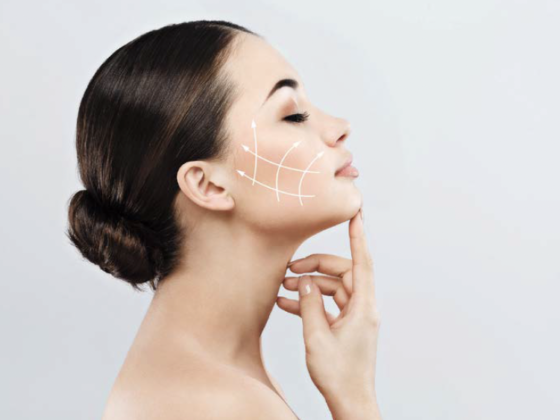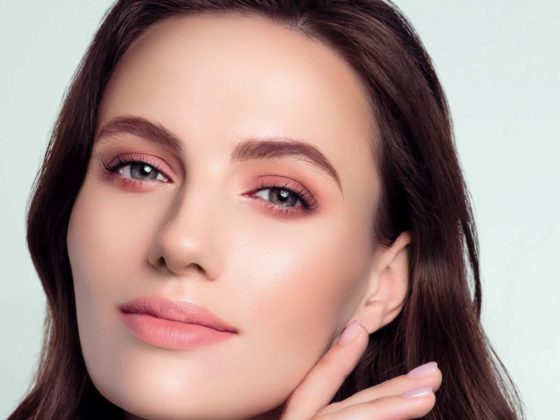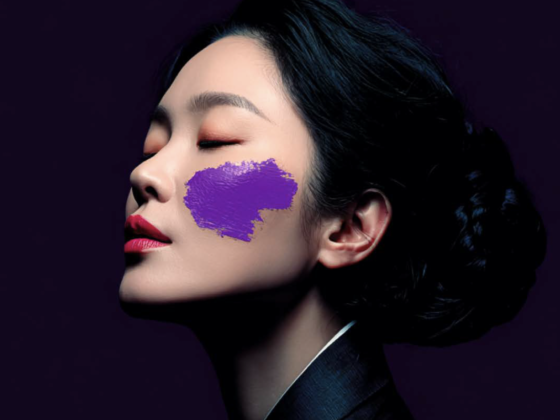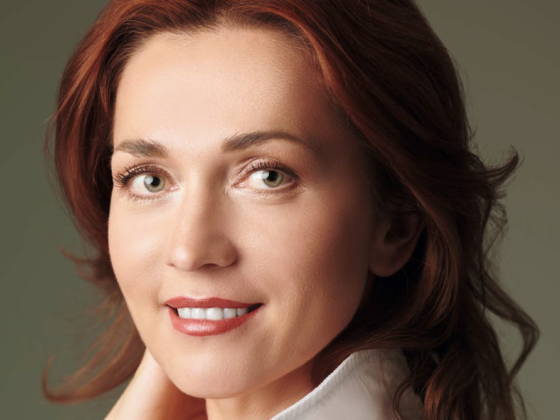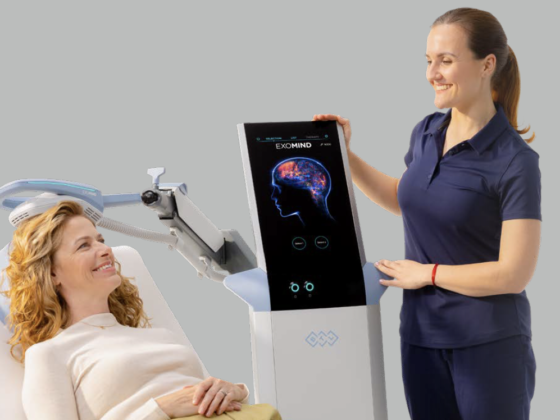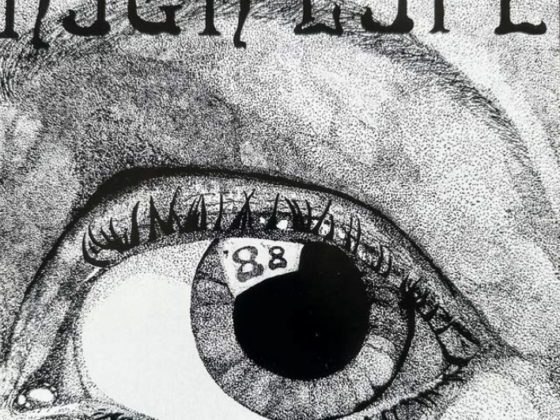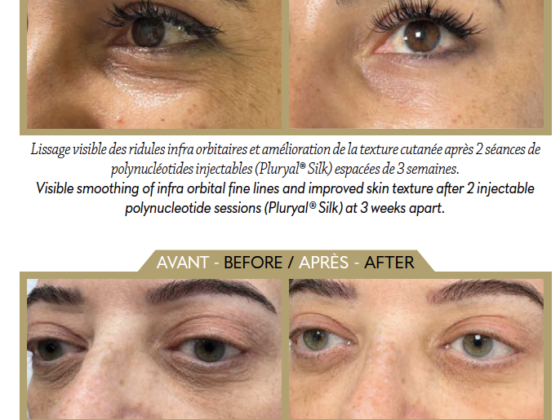By Dr Nathalie Gral
Repeated sun exposure is responsible for gradual alterations to the skin’s condition, which appear in the form of various types of lesions that are often associated with sun exposure.
On the one hand, we see aesthetic alterations – solar lentigos, rosacea, wrinkles and sagging skin – and on the other are skin cancers and pre-cancerous lesions (actinic keratosis). Though the best treatment is prevention, i.e. sun protection, today we can use relatively simple techniques to repair most benign cutaneous lesions caused by sun exposure.
 Solar lentigos can be treated using pigmentary lasers (Q switched lasers). These lasers supply pulsed light over a very short space of time (pico- or nanoseconds). To treat lentigos, we use a laser whose wavelength targets the colour brown. It is therefore a specific pigmentation treatment and is relatively painless. The after-effects are mild: the thin film that forms over each mark fades away after about a week on the face. The results are permanent, providing sun protection is used. This technique has replaced the “classic” technique of burning marks off with liquid nitrogen, which was painful and led to thick scabs that lasted a fortnight on the face, with an increased risk of post-inflammatory hyperpigmentation and inconsistent results.
Solar lentigos can be treated using pigmentary lasers (Q switched lasers). These lasers supply pulsed light over a very short space of time (pico- or nanoseconds). To treat lentigos, we use a laser whose wavelength targets the colour brown. It is therefore a specific pigmentation treatment and is relatively painless. The after-effects are mild: the thin film that forms over each mark fades away after about a week on the face. The results are permanent, providing sun protection is used. This technique has replaced the “classic” technique of burning marks off with liquid nitrogen, which was painful and led to thick scabs that lasted a fortnight on the face, with an increased risk of post-inflammatory hyperpigmentation and inconsistent results.
Please note: Some marks look like solar lentigos but are actually skin cancers, called malignant melanomas. These must be surgically removed as soon as possible. It is important to know how to recognise them, as they must not be treated using a laser.
For rosacea, we use vascular lasers that target the red blood cells in the blood vessels.
They coagulate the vessels without damagin the skin. This is an effective treatment in one or two sessions for the face. Thanks to the cooling system, there are no scabs, just a bit of redness and perhaps some swelling for 3 or 4 days if the area treated is large.
For the decolletage and neck, it is best to use flash lamps (or intense pulsed light, IPL).
These lights are less specific than lasers as they have several wavelengths and are less powerful, so more sessions are required (3 to 5 sessions).
For wrinkles, several techniques are possible depending on the treatment zone.
We tend to use botulinum toxin injections to treat wrinkles in the upper part of the face (forehead, glabellar, crow’s feet) and hyaluronic acid filler injections to treat the lower face. Hyaluronic acid is an essential tool for treating marked nasolabial folds. On the other hand, lines on the upper lip in women (the famous barcode wrinkles) can be smoothed using an ablative CO2 laser that “sands down” the wrinkles.
This is a very interesting technique because injections can lead to an unsightly appearance if repeated too often, sometimes called a “trout pout”. What is more, these lasers give a long-lasting result, whereas hyaluronic acid is resorbable. However, this treatment requires a local anaesthetic, and the after-effects are more complicated, requiring around ten days to heal, and the skin can look red for around two months.
To treat the skin texture and sagging:
Currently, the two most useful techniques are non-ablative fractional lasers and fractional radiofrequency devices for microneedling. The former are lasers that heat up micro treatment zones (MTZ) in the skin from the surface, whereas the latter are equipped with needles that penetrate the skin a few millimetres underneath the epidermis to heat the dermis in depth and stimulate collagen production. They have a similar action, but while lasers act at the skin’s surface, radiofrequency microneedling only treats the skin’s deeper layers thanks to the needles, whose upper part is insulated. This has the advantage of reducing the after-effects because the epidermis is not affected. We can perform the treatment in summer without risking any post-inflammatory hyperpigmentation. These treatments are relatively pain-free and are carried out after an anaesthetic cream has been applied.
Actinic keratoses are rough, red lesions.
These pre-cancerous le-sions are sometimes called pre-epitheliomatous keratoses. When there are many of them or they are large, we can treat them using photodynamic therapy (PDT). This technique involves applying a cream containing a medicine that is selectively absorbed by the abnormal cells. Then, under the action of the red light, the cream becomes active and destroys the keratoses in a targeted way. Some carcinomas, such as superficial basal cell carcinomas, can also be treated using PDT as long as they are not on the face, in which case they must be surgically removed. Less powerful, so more sessions are required (3 to 5 sessions).
For wrinkles, several techniques are possible depending on the treatment zone.
We tend to use botulinum toxin injections to treat wrinkles in the upper part of the face (forehead, glabellar, crow’s feet) and hyaluronic acid filler injections to treat the lower face. Hyaluronic acid is an essential tool for treating marked nasolabial folds. On the other hand, lines on the upper lip in women (the famous barcode wrinkles) can be smoothed using an ablative CO2 laser that “sands down” the wrinkles. This is a very interesting technique because injections can lead to an unsightly appearance if repeated too often, sometimes called a “trout pout”. What is more, these lasers give a long-lasting result, whereas hyaluronic acid is resorbable. However, this treatment requires a local anaesthetic, and the after-effects are more complicated, requiring around ten days to heal, and the skin can look red for around two months.
To treat the skin texture and sagging:
Currently, the two most useful techniques are non-ablative fractional lasers and fractional radiofrequency devices for microneedling. The former are lasers that heat up micro treatment zones (MTZ) in the skin from the surface, whereas the latter are equipped with needles that penetrate the skin a few millimetres underneath the epidermis to heat the dermis in depth and stimulate collagen production. They have a similar action, but while lasers act at the skin’s surface, radiofrequency microneedling only treats the skin’s deeper layers thanks to the needles, whose upper part is insulated. This has the advantage of reducing the after-effects because the epidermis is not affected. We can perform the treatment in summer without risking any post-infl ammatory hyperpigmentation.
These treatments are relatively pain-free and are carried out after an anaesthetic cream has been applied. Actinic keratoses are rough, red lesions. These pre-cancerous lesions are sometimes called pre-epitheliomatous keratoses. When there are many of them or they are large, we can treat them using photodynamic therapy (PDT). This technique involves applying a cream containing a medicine that is selectively absorbed by the abnormal cells. Then, under the action of the red light, the cream becomes active and destroys the keratoses in a targeted way. Some carcinomas, such as superficial basal cell carcinomas, can also be treated using PDT as long as they are not on the face, in which case they must be surgically removed.
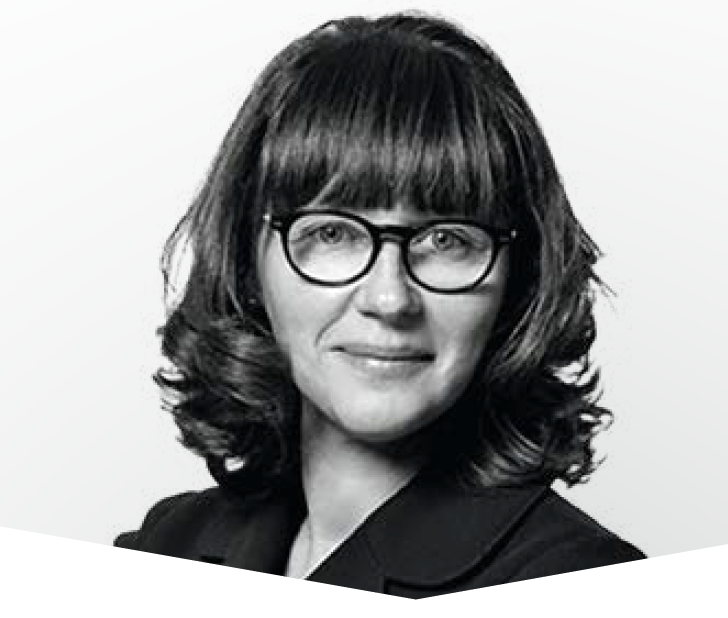 Dr Nathalie Gral: Dermatologist in Grenoble Vice-president of the French Society for Lasers in Dermatology (SFLD)
Dr Nathalie Gral: Dermatologist in Grenoble Vice-president of the French Society for Lasers in Dermatology (SFLD)
More informations: sfldlaser.com







